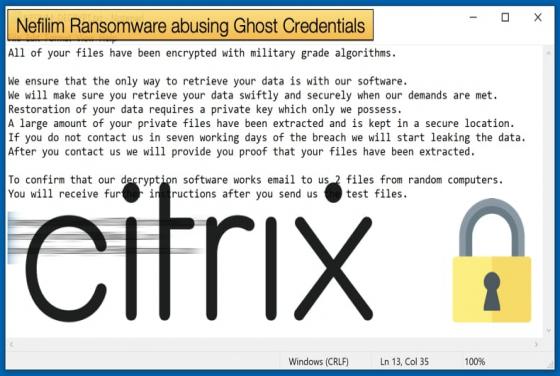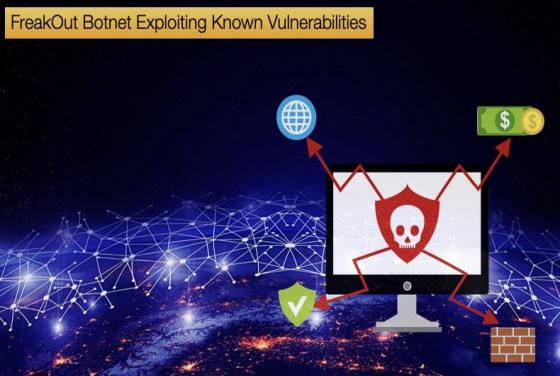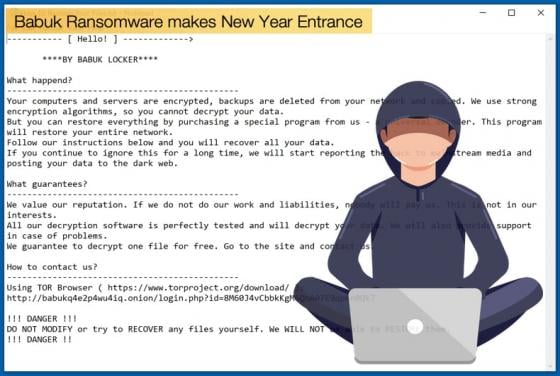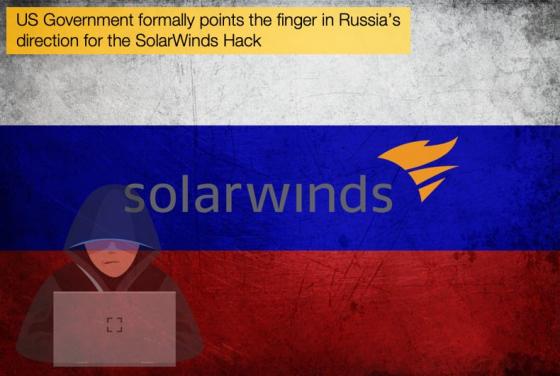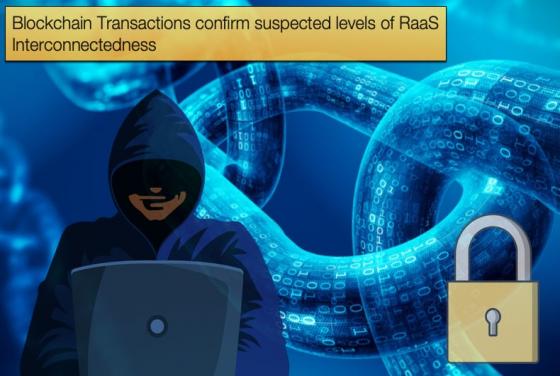

Blockchain Transactions confirm suspected levels of RaaS Interconnectedness
In the past, the research conducted by Chainalysis has provided levels of insight into ransomware operations that were sorely lacking in the past. By following the “money”, largely in the form of the trail left by ransomware gangs who utilize cryptocurrencies as their main vehicle for conducting the


